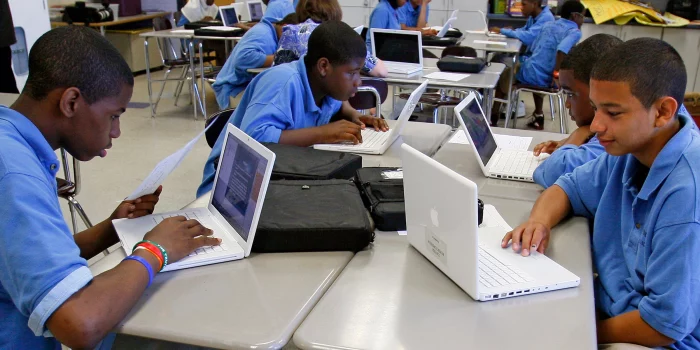Hello class. Here I am discussing the intersection of digital technology and education from multiple diverse perspectives, specifically exploring digital phenomenology and the use of ChatGPT in the classroom.
Digital phenomenology, as I see it, is a field that studies the impact of digital technology on our perception, experience, and understanding of the world. From a philosophical perspective, digital phenomenology raises important questions about the nature of reality and how technology is affecting our experience of it.
From an educational perspective, digital phenomenology has opened up new avenues for teaching and learning. With the use of advanced technology, students can now experience a more immersive and interactive learning experience. However, there are also concerns that this reliance on technology can detract from more traditional forms of education and limit students’ critical thinking skills.
One of the biggest concerns is that students who are overly reliant on technology may become passive learners, relying on computers and other devices to do the work for them instead of actively engaging with the material. This can lead to a lack of critical thinking skills and the development of shallow learning that doesn’t go beyond surface-level understanding.
Another concern is that the use of technology in the classroom may reinforce existing inequalities and widen the achievement gap. Not all students have access to technology and digital resources, and those who do may have advantages over those who do not. This could lead to further disparities in educational outcomes and limit opportunities for students from underprivileged backgrounds.
One such technology that’s been making waves in the education world is ChatGPT. Developed by OpenAI, ChatGPT is a language model that’s designed to understand and respond to human language in a conversational manner. Amazing. While some see ChatGPT as a game-changer for education, others are concerned about its potential to replace human teachers and limit students’ interpersonal skills, as I will try to explain.
From a technical perspective, ChatGPT represents a major advancement in the field of AI and machine learning. However, there are also concerns about the accuracy and reliability of AI systems, especially when it comes to complex tasks like teaching and learning. There is a risk that AI systems like ChatGPT may not be able to fully understand the nuances of human language and culture, leading to misunderstandings and errors.
From a sociological perspective, the use of ChatGPT in the classroom raises important questions about the role of technology in society and its impact on the workforce. As AI continues to advance, it’s possible that jobs that were once performed by humans may become automated, leading to concerns about job loss and inequality. Additionally, there are concerns about the ethical implications of AI systems and the need for appropriate safeguards and regulations to ensure that they are used responsibly. O kay!
In conclusion, the use of ChatGPT in the classroom is just one example of the complex intersection of digital technology and education. From philosophical, educational, technical, and sociological perspectives, it raises important questions and challenges us to consider the impact of technology on our lives and our world. It’s important to approach this topic with an open mind and a critical eye, considering both the potential benefits and the potential drawbacks of this technology.
Here are a few examples of how I think ChatGPT can be used in the classroom:
- Personalized Tutoring: ChatGPT can be used to provide students with personalized tutoring and support. Students can ask questions and receive immediate, tailored responses, allowing them to work through difficult concepts and build their understanding at their own pace.
- Homework Help: ChatGPT can also be used to assist students with their homework. For example, students can ask ChatGPT for help with specific problems or to clarify concepts they don’t understand.
- Classroom Discussions: ChatGPT can facilitate online classroom discussions, allowing students to participate in real-time conversations and share their thoughts and ideas. This can be especially helpful for students who are shy or who struggle to articulate their ideas in a traditional classroom setting.
- Language Learning: ChatGPT can be used to support language learning, by allowing students to practice speaking and listening in a conversational setting. For example, students could use ChatGPT to practice speaking in a foreign language and receive feedback on their pronunciation and grammar.
- Research Assistance: ChatGPT can be used to assist students with research projects, by providing quick and easy access to relevant information. For example, students could ask ChatGPT for information on a particular topic or for help finding specific sources.
These are just a few examples of how ChatGPT can be used in the classroom. As the technology continues to evolve and improve, there will likely be even more innovative and effective ways to incorporate ChatGPT into the educational experience.

